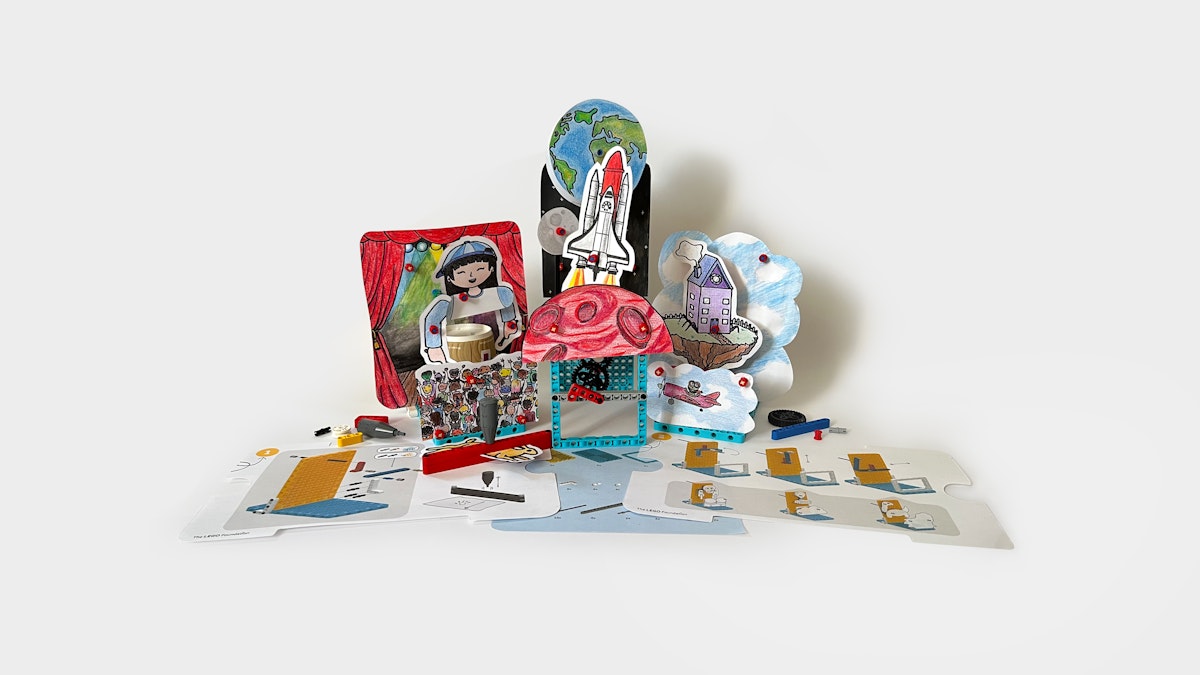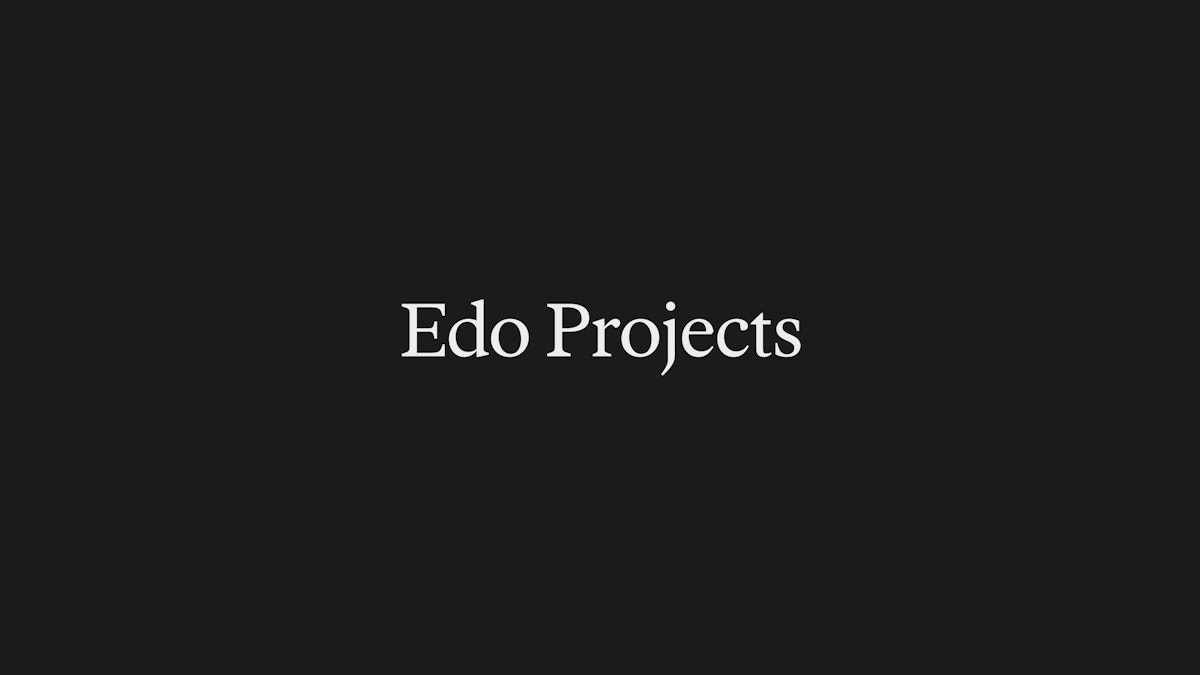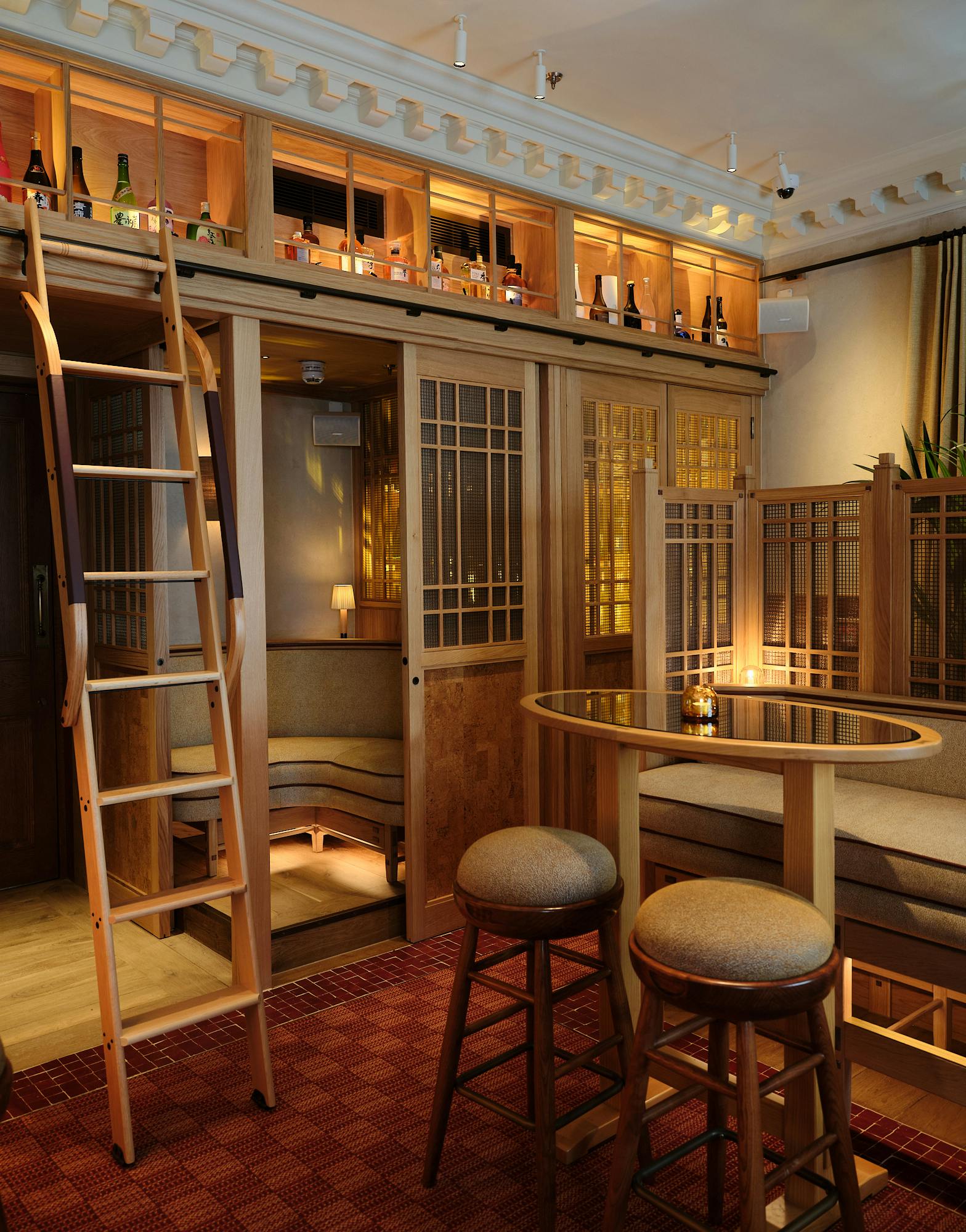
Words by SODA team
20 Oct 2025
Ed Sawford is joining the dots
Ed Sawford is emerging as a distinct voice in design - someone who propels the disciplines of strategy, conceptualisation and storytelling to develop breakthrough products, experiences, and brands. With the recent launch of his independent practice, Edo Projects, he’s formalising a freelance journey that has seen him work with clients from Panasonic to The LEGO Foundation. His mission: to join the dots between insight and innovation, and between a great idea and the story that makes it matter.
It begins with an unexpected detour. Fresh out of Loughborough University’s industrial design programme, Ed Sawford found himself brainstorming ad campaigns at Wieden+Kennedy - far from the traditional product design studios he’d trained for.
This early leap into the high-speed world of advertising, where being a “creative” means coming up with new ideas every day, was an alien experience for a designer used to sketching products. But it set the tone for a career defined by agility and cross-pollination.
From Industrial Design to Adland
Sawford’s first big break came during that internship-turned-job in advertising. Dropped into one of the world’s top creative agencies, he had to learn a new creative language overnight. “I was generating concepts and art direction for campaigns and digital experiences - it was a completely different world from designing physical products,” he recalls.
The fast-paced ad culture forced him to think on his feet and sell an idea as much as design it. It also revealed a new passion for the front-end of the design process. Rather than focusing just on form and function, Sawford was drawn to the worlds of conceptualisation and communication - in short, the art of shaping and conveying ideas in a way that captivates. “Taking those communications learnings from the ad industry, I set out on a purpose-driven path,” he says, one motivated by the intersection of creativity, sustainability and impact.

Credit: Edo Projects
Creating flagship activities for The LEGO Foundation
Embedding Purpose from the Get Go
As Sawford moved beyond agency life, he became determined to embed environmental and social purpose into the projects he worked on. He believes that social responsibility should be baked in at the brief stage, not tacked on later.
“For me, it’s about having a socially and environmentally beneficial influence over the direction of a project from its inception - baking sustainability into the brief so it’s never an afterthought,” he explains. He’s intentionally shifted further upstream in the innovation process to shape strategy so these principles are “embedded from day one.” In practice, that can mean challenging a client’s initial brief to consider incorporating circular revenue streams or even shaping a new brand’s goals around long-term societal impact.
This ethos of purpose-driven innovation has defined some of Sawford’s proudest projects. He’s helped a global electronics brand craft a Circular Economy manifesto for its future products, and he supported The LEGO Foundation to create their flagship ‘learning-through-play’ initiatives in developing countries, called “Create With Anything,” which encourages children to use everyday recycled materials to learn and play. He’s also had a hand in high-profile storytelling, helping communicate Formula 1’s 1000th race to a global audience.

Credit: Edo Projects
Using industrial design as a communication tool
Bridging Strategy and Storytelling
By 2024, Sawford had amassed a breadth of experience as a freelance design strategist and creative, and he decided to give his practice a name: Edo Projects.
The studio was born to formalise what he’d already been doing for years: joining the dots between design strategy, innovation and communications. Edo Projects offers big-picture design strategy, collaborative concept development, and creative communication services under one roof. That range is intentional.
“I’ve consistently noticed a gap between strategy, design, and communication processes,” Sawford says, reflecting on his time working with traditional agencies and brands. Often, strategy is devised by one team, designed by another, and marketed by yet another. “Each handover can create ambiguity through unclear communications and contrasting interpretations. You start losing the focus of the original strategy,” he explains.
Edo Projects was Sawford’s answer to this fragmentation.
“Edo Projects bridges that gap between conceptualisation and communication, ensuring innovations are both creatively driven and clearly conveyed,” he notes. It’s about joining the dots - linking front-end strategic design thinking with back-end communications that speak to both business and consumer. The premise is simple but compelling: “The most powerful communications originate from those who have the deepest understanding of the original strategy,” Sawford says. By staying involved from the initial insight all the way to the storytelling, he makes sure nothing is lost in translation.
It’s no coincidence that the name “Edo” itself carries meaning. Sawford chose it in homage to Japan’s Edo (“Ed-o”) period - a time of prosperity, art and innovation often cited as history’s first circular economy society. It’s a nod to the sustainability ethos at the core of his work

Credit: Edo Projects
Innovation as a Team Sport
Ask Sawford what innovation really looks like day-to-day, and his answer might surprise those who imagine lightbulb moments and lone geniuses. “Eureka moments do happen, but they’re not the foundation of an innovative breakthrough. The real work happens through methodical collaboration and validation,” he says.
In his experience, generating great ideas is a team effort and often a game of persistence. He describes brainstorming sessions like a quick round of “ideation tennis” - a fast-paced back-and-forth where participants bounce concepts off one another. “You throw out a concept, someone builds on it, and suddenly you’re somewhere completely unexpected,” Sawford smiles.
The magic happens when connecting with someone who thinks differently, and together you can push your concepts further.
Coming up with bold ideas is only half the battle; equally important is grounding those ideas in reality. “A huge part of my work involves making intangible concepts tangible,” Sawford explains. That can be through rough sketches, mockups, or short videos - whatever works best to bring ideas to life visually for himself and his collaborators. And once a promising concept emerges, Sawford will find similar examples, tangible user insights, or expert opinions to validate and refine it, a core process that is based around: imagine, prototype, validate, iterate.
Storytelling with Empathy
One of Sawford’s specialties is communicating innovation through storytelling. For him, finding the right narrative starts with listening.
“Empathy is everything!” he says, describing how he approaches a campaign or a design story. “I need to deeply understand not just the innovation, but who it’s for and how they best receive information.”
Only by knowing the audience can you translate a complex idea into something meaningful for them. Sawford will often begin by laying out all the facts and insights (both those messy and clear thoughts) a project has accumulated. He will then attempt to distill that complexity into something that is clear and understandable, with accessible messaging tailored towards the target audience - acting as a translator between the world of design and the everyday world of the user.
Sawford tries not to limit himself to one medium in storytelling. It is important one is comfortable working in words, images, or whatever format best fits the message. This cross-media fluency ensures that an idea reaches people on multiple levels. Ultimately, Sawford treats storytelling as an extension of strategy and design itself.
Video storytelling is where empathy really comes alive in Sawford’s communications process. “It's a medium that, if done right, carries both information and emotion, helping to create messaging that truly resonates rather than just informs.”

Credit: Panasonic Design London
Forging a Value Driven Career
Ed Sawford’s creative journey has taken a path less travelled. Rather than continuing on the well-established track of London consultancy life, he has intentionally built a career defined by his deep rooted values of time agency, creative freedom and environmental impact.
After cutting his teeth with big-name firms, he has now stepped outside the capital's gravitational pull, working globally to integrate a broader set of influences into his work. A snowboarder and surfer, Sawford's process is informed by a spirit of adventure and calculated risk-taking, such as pitching the unconventional to a client. It’s this blend of experience that he feels cultivates a more unique and adaptable approach to design challenges.

Credit: Edo Projects
The Power of Detours
Having zigzagged across disciplines himself, Sawford is a firm believer in the creative power of detours. In fact, his advice to emerging designers is delightfully unorthodox: don’t be afraid to step off the straight path.
“Okay, hear me out… Leave design,” he jokes - at least for a while. “It takes pressure off this insanely competitive industry because you’re not competing in the same pool as everyone else. You’re creating your own category.”
In his view, when you weave together different threads from advertising, tech, art, or any other field, you come up with ideas others simply wouldn’t have. Employers, he adds, find these crossover stories fascinating, because they signal a capacity for fresh thinking and diverse problem-solving approaches.
Sawford’s own path - from industrial design to advertising to strategy consulting and beyond – exemplifies that philosophy. It’s made his portfolio as eclectic as it is impactful. And he’s convinced that the next generation of designers will benefit from a similar openness to explore and play in their creativity.
“Be open to learning new skills and trying new things,” Sawford urges young creatives, “that ‘detour’ might be exactly what sets you apart.”
- https://www.edo-projects.uk - Edo Projects' website
- https://www.linkedin.com/company/edo-projects - Edo Projects' LinkedIn
- https://www.linkedin.com/in/ed-sawford-4538b6154 - Ed Sawford's LinkedIn

